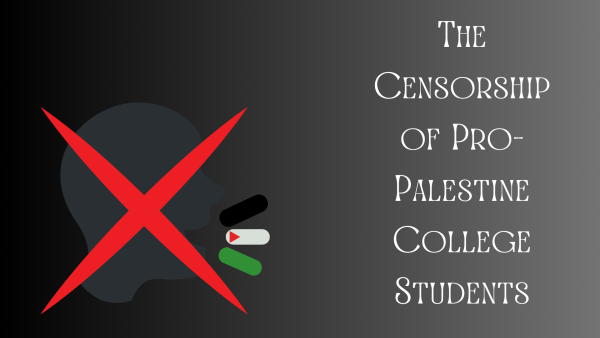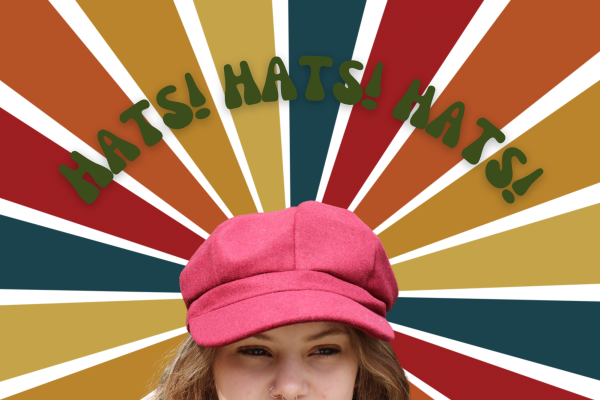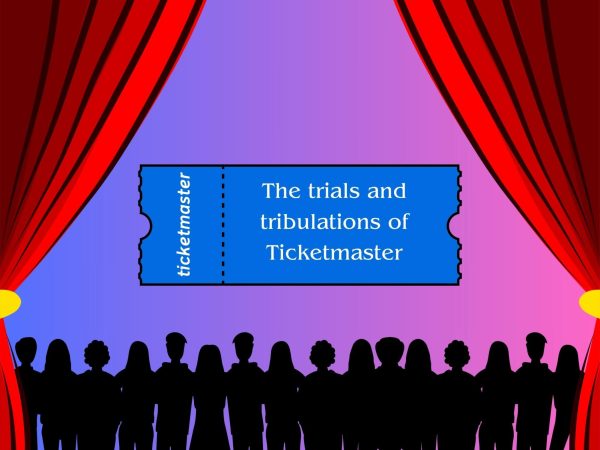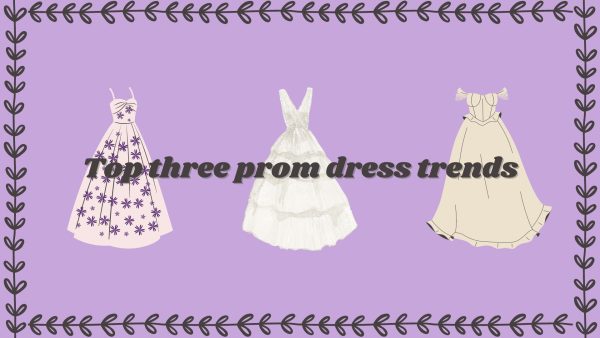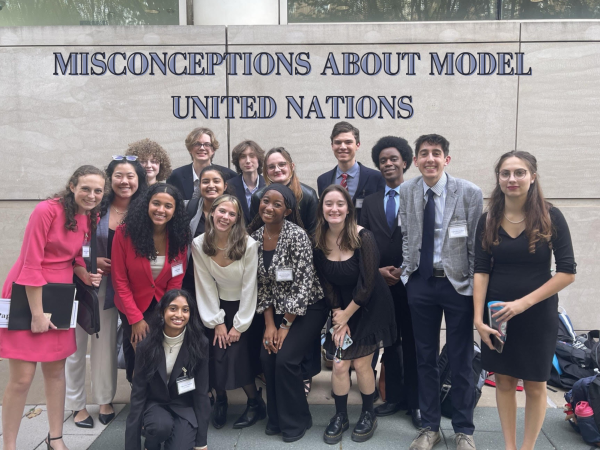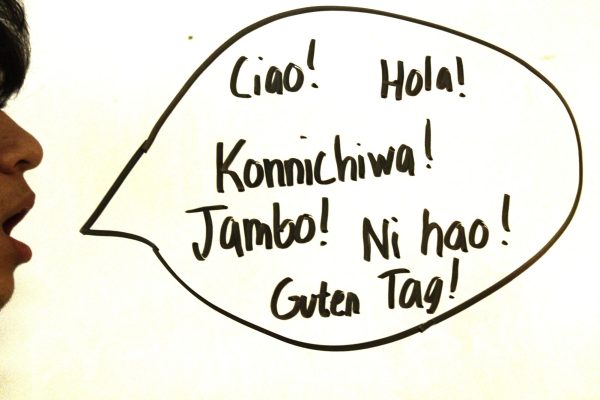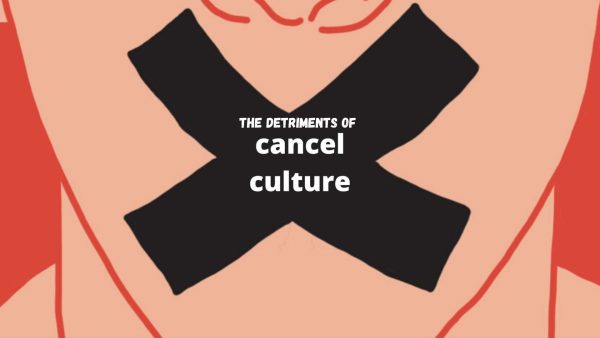Stop the overhype, Pumpkin Spice
November 8, 2018
I, once again, find myself behind those three girls at Starbucks dressed in Uggs and ordering Venti Pumpkin Spice Lattes—Starbucks’ infamous fall drink. Along with their drinks, they ordered pumpkin spice scones to celebrate the season. But worry not, for they came prepared with their pumpkin spice t-shirt, pumpkin spice flavored lip balm, and a subtle facial tattoo that read “I love pumpkin spice lattes.”
With the arrival of fall, pumpkin spice flavoring comes with it. One can trace the pumpkin spice craze back to 2003, the year Starbucks released the infamous Pumpkin Spice latte. Girls and their Uggs went crazy then, and somehow still lose their minds fifteen years later, every year around October. But does anyone genuinely enjoy pumpkin spice flavored foods?
After Starbucks’ success with the sickeningly sweet sippable, other companies jumped on the wagon designing their own pumpkin spice creations. Pumpkin spice hummus, milk, butter, bagels, Oreos—the list goes on. These concoctions, although artsy and fitting for the season, generally fall off in quality just to conform to the annual trend.
Ironically enough, the pumpkin spice latte does not even contain pumpkin. The “coffee,” full of 50 grams of sugar, consists of cinnamon and nutmeg for flavor with pumpkin pie spice, the spice used on pumpkin pie, sprinkled on the whipped cream. Starbucks does sell other higher quality fall drinks that do not elicit a gag from the overwhelming sweetness, such as the Salted Caramel Mocha and Maple Pecan Latte that easily surpass the Pumpkin Spice Latte in taste. Yet somehow, the Pumpkin Spice Latte still permeates the culture around coffee. Since 2003, Pumpkin Spice Lattes have accumulated $1.4 billion in sales. Along with the latte’s other faults, the price makes it even less appetizing. The smallest size costs almost $5 compared to a $3 tall (smallest size) regular latte. Rather than judging based on taste or price, the consumers feen over the pleasing aesthetic.
Although customers still obsess over the drink, this pumpkin spice overload makes the flavor unattractive to many, and customers have grown tired of it. Consumers do not want to eat and drink pumpkin spice for each meal of the day.
Pumpkin spiced flavored foods and drinks sales hit an all time high this year. Just this August, sales of pumpkin spiced foods reached over $6.9 million. This may not seem like a big deal, but because of the spike of pumpkin spice, actual pumpkins and pumpkin pie sales plummeted. Pumpkin spice overtook pumpkin pie, a classic fall delicacy.
During a simpler time, only pumpkin pies and breads existed, but now pumpkin spice surrounds us. One trip to Target and you can walk out with pumpkin spice cream cheese, pumpkin spice bagels, and a shirt that says “pumpkin spice and everything nice.” During 2011, 2013, and 2014, 6.8 million less pumpkins sold. So we must ask ourselves: despite the aesthetic Instagram feed, what do these ridiculous pumpkin spice products bring us?









